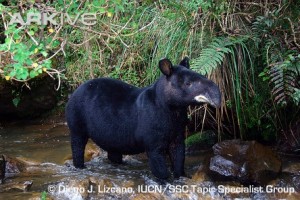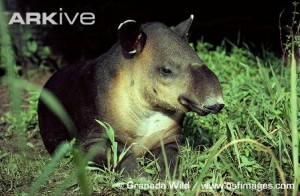The Assiniboine Park Zoo and Canada’s other 24 accredited zoos and aquariums are launching a national awareness campaign to engage Canadians in supporting the preservation of biodiversity — the animals, plants, and countless other life forms that make up the world’s ecosystems. May 22nd is the International Day of Biodiversity and many zoos and aquariums are holding special events to mark the occasion. The Assiniboine Park Zoo is hosting a Biodiversity Display and Turtle Talk on May 22, 11 am to 3 pm, in the Tropical House, and is highlighting biodiversity conservation in many of its annual programs, such as school presentations, Spring and Summer Zoo Camps, and interpretive talks around the zoo. Biodiversity promotional materials will also be available to zoo visitors.
2010 is also the International Year of Biodiversity, and the Canadian Association of Zoos and Aquariums and its partners have identified the Arctic region as a priority concern for addressing challenges to Arctic species and their habitats. They are reaching out to Canadians everywhere to enlist their support in ensuring a sustainable future for this vital part of our country. In connecting with Canadians from coast to coast to coast, CAZA will be working closely with its partners – Parks Canada, the Canadian Wildlife Federation and Polar Bears International.”
Throughout International Biodiversity Year 2010 and into the future, CAZA member zoos and aquariums will present a broad range of information and education about wildlife and environmental issues in Canada’s Arctic. Thousands of organisms – including bacteria, insects, plants, birds and mammals — live above, on and under a single square metre of the earth’s surface. All of these species are connected like the strands of silk in a spider’s web. If a species is lost or habitat disappears, the web starts to fall apart. When we lose this biodiversity, we lose life itself.
“It’s easy to forget that people are an integral part of Nature and that our lives are tied intimately to the living things around us.” said CAZA President Rachel Leger. “Biodiversity provides us with the oxygen, food, water, fuel, fibre, and medicine we need to survive. And our actions can either preserve or destroy these resources.”




